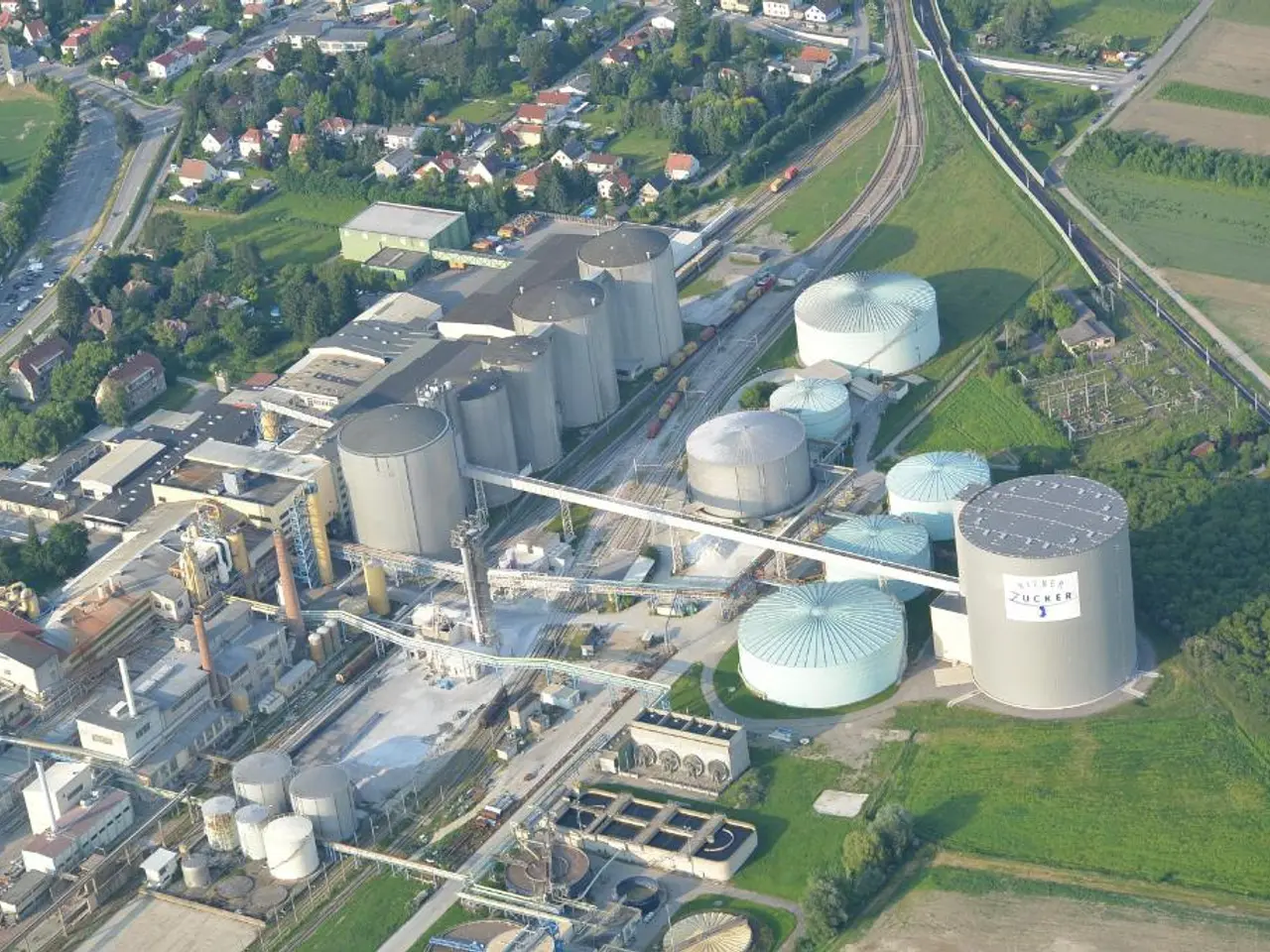Expansion of Greenway in New York by 40 miles could potentially facilitate the feat.
In August 2025, New York City unveiled its ambitious Greater Greenways Plan, marking the first comprehensive greenway master plan in over three decades. This plan outlines six priority corridors totaling 40 new miles of connected, car-free bike and pedestrian paths, aimed at bridging gaps in the existing 506-mile greenway network[1][4][5].
Key corridors include the Brooklyn Waterfront Greenway, Queens Waterfront, Jamaica Bay Greenway, Manhattan Waterfront Greenway, Harlem River Greenway in the Bronx, and Staten Island North Shore Greenway[1][4]. Some projects under this plan are already underway, and construction on some projects is anticipated to start as early as 2028, although a full detailed timeline and budget have not yet been set by city officials[1].
The Greater Greenways Plan promises a greener, safer, and better-connected city. If executed correctly, as Ben Furnas of Transportation Alternatives believes, it could be a game-changer for future New Yorkers[2]. However, the success of the plan depends on overcoming several challenges.
Completing and closing gaps in a fragmented greenway network that currently forces pedestrians and cyclists onto busy streets is a significant hurdle[1][2]. Addressing equity issues by ensuring historically underserved communities gain better, safer access to greenways and open spaces is also crucial[1][2]. Securing adequate funding for construction and maintenance has not yet been finalized[1].
Coordinating between multiple city agencies (NYC DOT, NYC Parks, Economic Development Corporation) and borough stakeholders for smooth implementation across varied urban settings is another challenge[5]. Managing urban constraints such as space limitations, existing infrastructure, and possible opposition related to reallocating street space or waterfront access is also a concern[4].
Maintaining long-term climate resilience and sustainability goals embedded in the plan while advancing the greenways in a way that benefits quality of life citywide is a key objective[1]. NYC DOT Commissioner Ydanis Rodriguez stated that access to greenways is not a privilege - it's a human right, and the plan is about justice, climate resilience, and quality of life[3].
If successful, the Greenways Plan could become one of New York's most iconic features. The Queens Waterfront, for example, connects Long Island City, Astoria, East Elmhurst, and College Point[4]. The plan's success also hinges on ensuring the appropriate use of Citi Bikes, with NYC warning Lyft to ensure riders are of the appropriate age, or they may pull the plug on e-bikes[3].
In conclusion, the Greater Greenways Plan is a recent, ambitious roadmap focused on connecting and expanding greenway corridors citywide with construction starting around 2028. However, success depends on overcoming funding, equity, coordination, and urban planning challenges[1][4][5].
- The Greater Greenways Plan, slated to begin construction in 2028, encompasses fashion-and-beauty in the form of improved urban landscapes and gardens.
- Engaging in relationships and forming partnerships with pet-loving New Yorkers will be crucial when creating pet-friendly spaces within the new greenways.
- While exploring the city's travel routes, tourists can look forward to food-and-drink options along the greenways, such as nearby cafes and restaurants.
- Urbanites interested in shopping for sustainable and eco-friendly products can easily navigate the city thanks to the connected greenways, making it more convenient to live a green lifestyle.
- With a more connected greenways network, residents may find it easier to own cars since they can conveniently access various parts of the city without relying solely on their vehicles.




